The Green New Deal (GND), formulated by climate activists and congressmen, is an ambitious agenda on environmental policy and action.
As former Vice President Joe Biden became the last man standing in the Democratic primary campaign, climate activists pushed Biden to adopt a more progressive agenda on climate change. Last week, Biden received two critical endorsements that perhaps indicate a willingness on the part of the likely Democratic presidential nominee to lean even further into a climate agenda.
On Earth Day last week, both Jay Inslee and Al Gore endorsed Biden. Inslee and Gore are some of the most prominent politicians with a climate focus. Inslee, who brought climate change to the forefront of the primary campaign by centering his platform on the topic, said that after some conversations between himself and Biden, he believes Biden is “willing to aim faster and higher” on climate policy.
Former Vice President Gore, known for his own climate activism and accelerating the American public’s climate change awareness through his documentary An Inconvenient Truth, held a virtual town hall with Biden on Earth Day. Gore endorsed the former VP, saying “If there is any person in America who cares about the climate crisis and has any doubt whatsoever about the importance of voting for Joe Biden this November, I want to emphasize to that person in as strong a way as I possibly can: This is not complicated. This is not rocket science. This is not a close call.”
Biden earned another major endorsement this past week as dozens of scientists and climate experts wrote an open letter supporting Biden’s climate agenda.
The Green New Deal
An ambitious green agenda has been circulating in the halls of Congress for over a year now. You’ve probably heard of it, especially if you read our Earth Week content from last week. Yes, I’m talking about the Green New Deal (aka the GND).
The GND really gained steam after the November 2018 congressional elections, which gave Democrats control of the House, amplifying the strength of their voice in Washington. Right after those elections, climate justice group Sunrise Movement held a protest in the office of Speaker of the House Nancy Pelosi. Sunrise called on the Speaker to support a GND.
The same day as that protest, incoming congresswoman Alexandria Ocasio-Cortez launched a resolution to create a congressional committee aimed at passing and implementing the GND. A few months later, on February 7, 2019, Ocasio-Cortez joined forces with Senator Edward Markey to release a 14-page resolution envisioning the high level principles behind a proposed GND.
Although Biden agrees with the overarching concept of the GND, he does not subscribe to many of the specific policy proposals. For example, he does not think it would be realistic to ban fracking outright, a belief that conflicts with the GND’s goal to rapidly transition to a clean energy economy. Although Biden signed a pledge to deny funding from fossil fuel companies, he attended a fundraiser co-hosted by the founder of a natural gas company.
Throughout the primary, the Sunrise Movement and other climate advocacy organizations pushed Biden to beef up his climate policy platform, believing he was not sufficiently prioritizing the issue as a presidential candidate. After all, Biden’s climate platform was more narrow in scope and committed to investing one-tenth of the money that Bernie Sanders had committed to spending on climate action.
The GND has been a subject of significant party criticism, mainly for its commitment to principles traditionally associated with the Democratic Party. But it is also criticized for its lack of policy detail. So, what is the GND, really?
Legislative Precedents
The concept of a GND was not born yesterday. Noted New York Times journalist and author Thomas Friedman argued in favor of the idea in January 2007. His support followed a 2006 initiative by the GND Task Force which called for legislation involving decarbonizing the electricity sector by adopting renewable energy and instituting a carbon tax, creating jobs in the clean energy sector, along with a number of other key progressive ideas, including single-payer healthcare and free college tuition.
It is also modeled on progressive legislation that emerged over three major periods of crisis in American history, coinciding with the presidencies of Theodore Roosevelt, Franklin Roosevelt, and Lyndon Johnson.
The trust-busting era under Teddy Roosevelt resulted from decades of unfettered industrialization that exacerbated income inequality and poor living conditions for laborers. Roosevelt’s Square Deal intended to help middle class citizens and weaken powerful monopolistic interests with three main priorities: conservation of natural resources, control of corporations, and consumer protection.
Franklin Roosevelt’s New Deal came out of the Great Depression as a means of restarting the economy and putting unemployed people back to work. Just as his fifth cousin had three “Cs” in his Square Deal, the younger Roosevelt had three “Rs” in his New Deal: relief (for poor and unemployed people), recovery (from the economic depths of depression), and reform (of the financial system, which largely caused the depression).
Lyndon Johnson’s Great Society largely stemmed from racial and social justice issues that restricted many Americans from sharing the gains of the postwar economic boom. To that end, the Johnson administration initiated programs aimed at alleviating injustice. From education to health to welfare to transportation, the Great Society touched many areas of society.
The GND seeks to achieve results in the vein of Roosevelt’s New Deal and Johnson’s Great Society. It recognizes that climate change and inequality must be addressed in tandem. Of course, the two issues are not mutually exclusive. As Vox explained, “[The GND] is meant both to decarbonize the economy and to make it fairer and more just.”
Why We Need A GND
Ironically, the GND was proposed in Congress before anyone had a clue that just a year later, we would be facing arguably the biggest crisis in world history since World War II. The pandemic has exposed many failings of our social contract that may be particularly well addressed with a major governmental initiative.
With interest rates hovering near zero, there is a strong bipartisan appetite to use government stimulus as a main fiscal policy lever. The recent wave of stimulus packages that sprinted through Congress suggest the feelings are mutual on both sides of the aisle. Regardless of political convenience, there may never be a better opportunity to put the government’s money where its mouth should be. Investing in a clean energy future will prepare us to deal with our dependency on finite resources.
The GND might jumpstart a fourth period of progressive legislation in America, but its implementation likely hinders on the outcome of the 2020 election cycle. Will Vice President Biden take a cue from the climate movement and incorporate the GND more directly into his presidential platform?
Perhaps the GND is the proposal needed to energize progressive voters in the hopes of securing a better future for both the planet and the economy. Here at the Sustainable Review, we will pay close attention to those developments, which promise to have a lasting impact on our collective ability to foster a sustainable society.
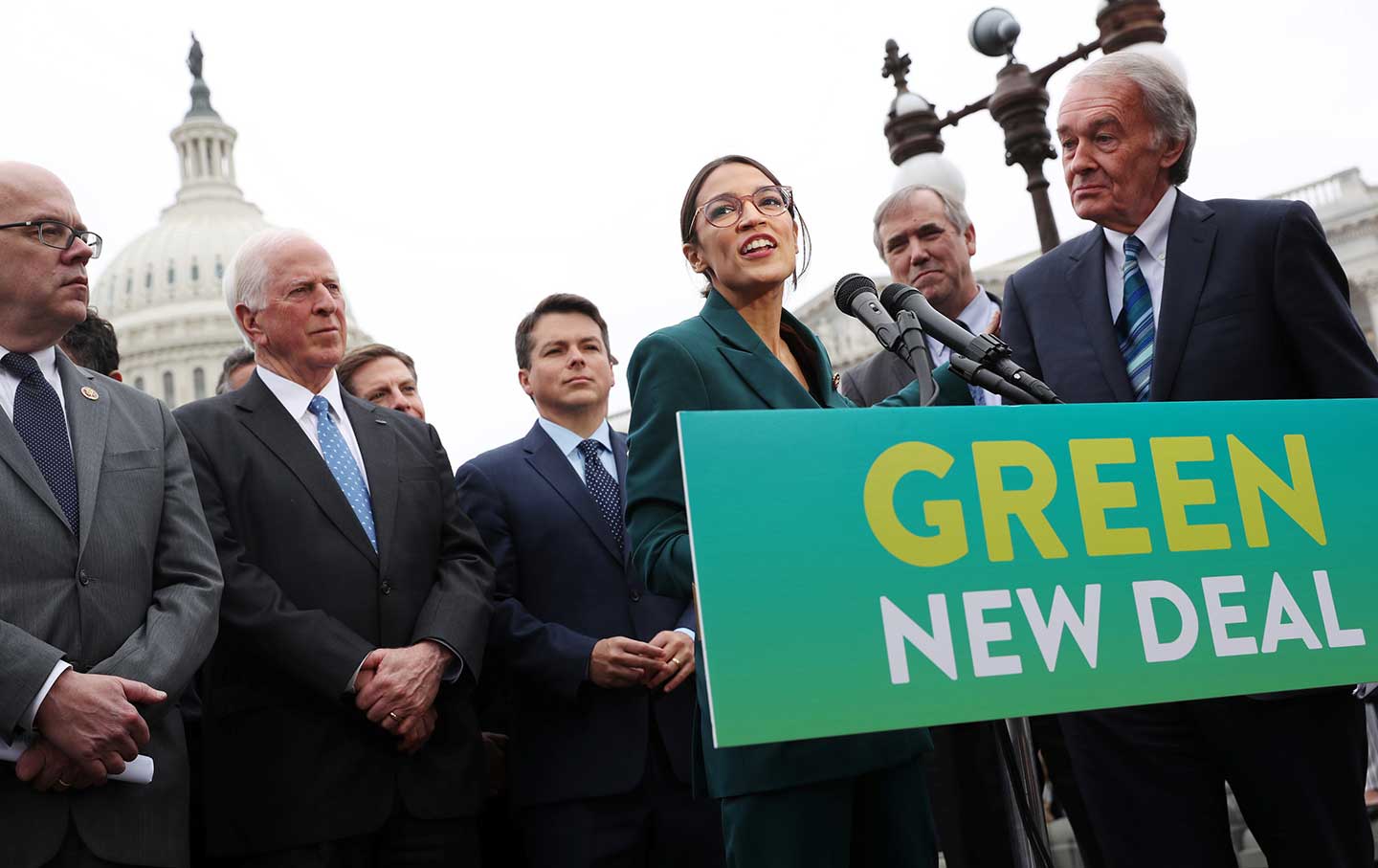


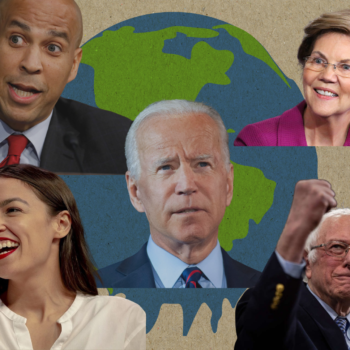
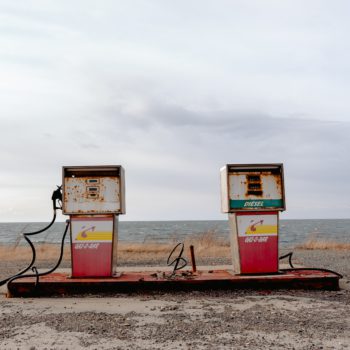
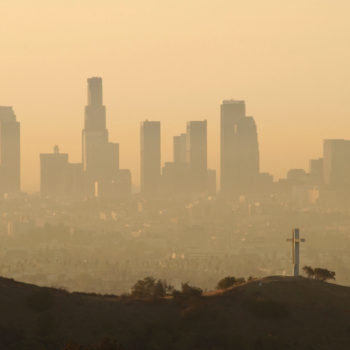

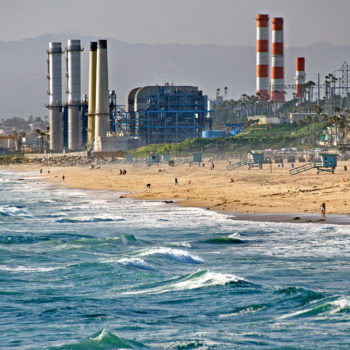





No Comments